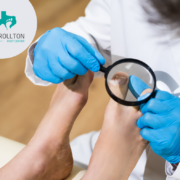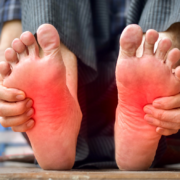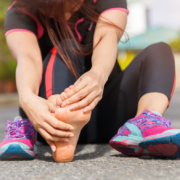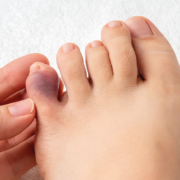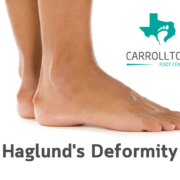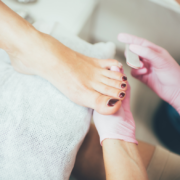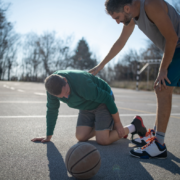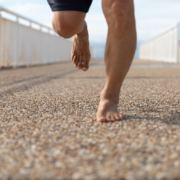Toenail Problems and How to Prevent Them
Our toenails play a crucial role in protecting our toes and supporting healthy foot function. However, various conditions can affect our nails, leading to discomfort, pain, and even infections. This article from us at Carrollton Foot Center provides essential knowledge for maintaining optimal toenail health and preventing common problems.
Toenail Conditions to Watch Out For
Don’t get us wrong: everyone should take proper care of their toenails. But, if you are an athlete, diabetic, or someone prone to infection, you should be particularly careful. Here are some toenail issues to watch for:
- Brittle Nails: Nails that are dry, cracked, or easily broken can indicate anemia, thyroid disorder, or nutritional deficiencies.
- Fungal Infections: Onychomycosis can cause nails to thicken, discolor, and become brittle.
- Ingrown Toenails: The classic case when the nail turns on you (literally), growing into the surrounding skin and causing pain, redness, and swelling.
- Discolored Nails: Changes in nail color, such as yellowing, greening, or blackening, can signal fungal infections, injuries, or other medical conditions. For instance, it’s common for athletes with black nails to have a subungual hematoma caused by repetitive trauma.
Tips for Healthy Toenails
- Numerous studies show that biotin can help strengthen brittle nails, including this one courtesy of PubMed. Similarly, zinc is known to be essential for cellular growth. It’s also known that white spots in toenails are linked to deficiencies in zinc.
- Beyond vitamins and supplements, It’s always best to consult a doctor or podiatrist before starting any new supplements, especially if you have any underlying health conditions or are taking medications.
- This is why maintaining healthy toenails should start with the basics: trimming them to prevent ingrown toenails, washing your feet daily, drying them thoroughly, and wearing clean socks to prevent fungal infections.
- Also, there are some great ways to take care of toenail fungus should you encounter it, which is why healthy nails are always a podiatrist consultation away.
Consult with Board-certified podiatrist Dr. Naghmeh Lilly Khavari, an esteemed professional who is dedicated to her patients in Denton, Dallas, and Collins Counties. Dr. Khavari treats a wide range of conditions, from ingrown toenails to foot and ankle injuries. Call Carrollton Foot Center’s office (located in Carrollton, Texas) at (469)-998-3668 to schedule your first appointment today!

